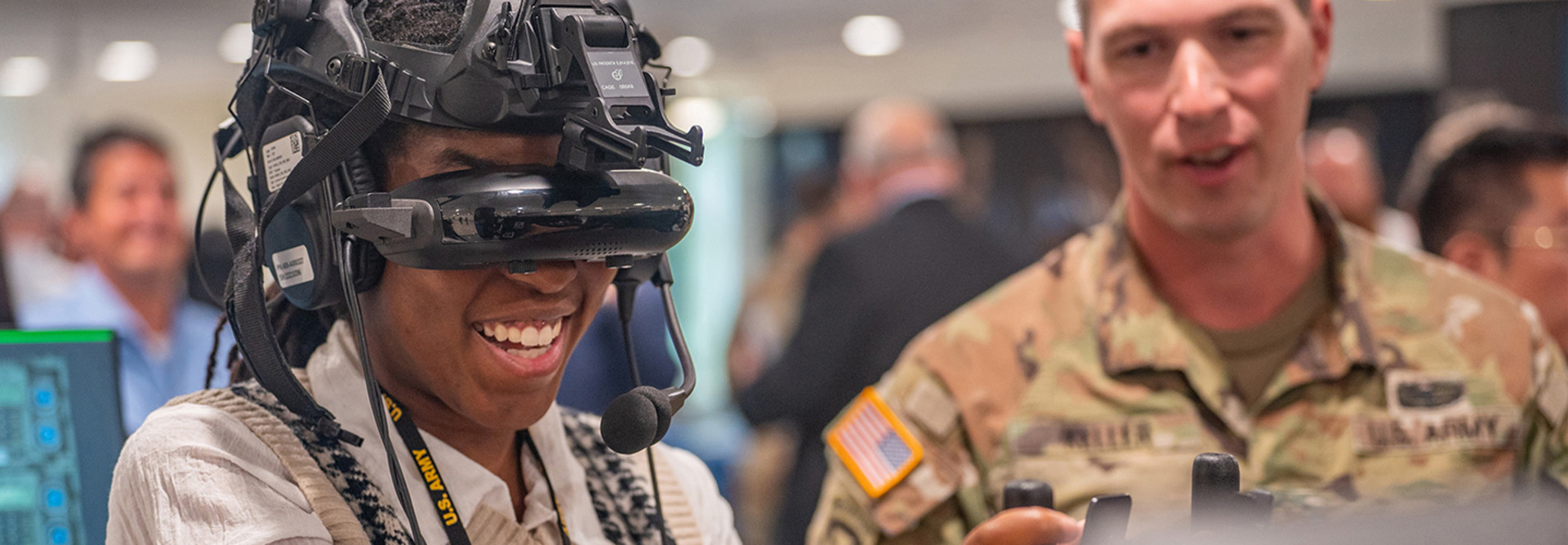Using Modeling to Predict Cyberthreats and Select Security Measures
The military is working toward using MR systems to enhance training and simulations, to improve situational awareness by overlaying digital information onto physical environments, and to conduct advanced mission planning and execution.
The ICS program will use “formal methods” techniques, which model complex systems through mathematics, to better understand user behavior and cognitive response. Researchers can anticipate potential threats and develop countermeasures to mitigate impact; for instance, by including specific security requirements for MR systems, designing secure system architectures or mathematically analyzing security measures’ success. DARPA researchers and industry experts are expected to build prototypes to demonstrate how to implement those measures most effectively.
Military use of MR technology is already underway: The Army awarded Microsoft a contract in 2018 worth almost $480 million for the use of HoloLens augmented reality headsets, and ordered more headsets last year. Project Tripoli, announced by the Marine Corps last year, will pair Marines in live training exercises with other service members working remotely on simulators or VR tools.











